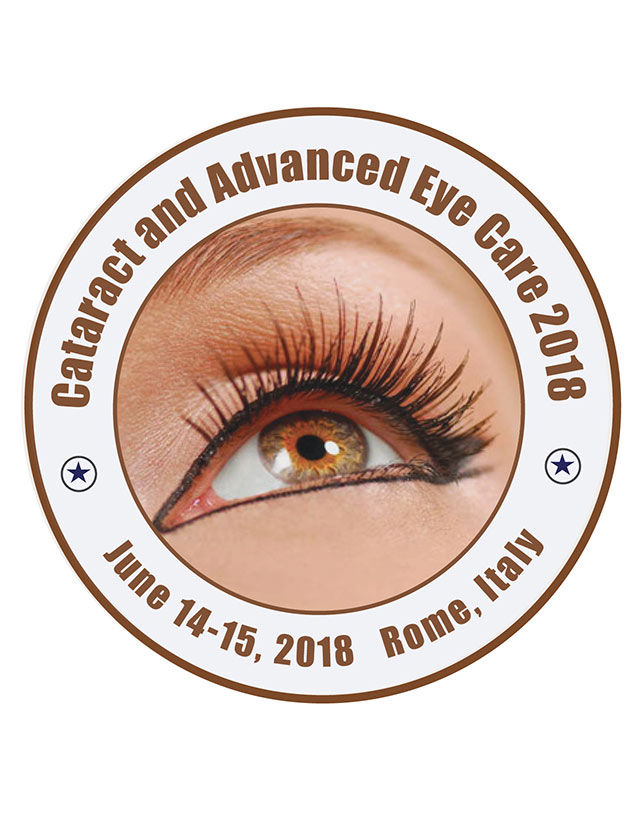Margarita Rozhdestvenskaya
Tonom GmbH, Germany
Title: Advantages of the extra corneal diaton tonometry in patients before and after photo refractive intervention
Biography
Biography: Margarita Rozhdestvenskaya
Abstract
Great success of the modern keratorefractive surgery and its wide spread require high attention to the biometric parameters of the eye in pre- and post-operation period. The most important parameters are those characterizing the cornea, such as central corneal thickness and its changes, regenerative response of corneal tissue and its regulation, as well as the intraocular pressure (IOP) and its correlation with corneal parameters. Morphological structure of the cornea is altered, during various, and first of all laser surgeries with refractive, reconstructive, optical and other purposes. For the patients after corneal surgery an accurate IOP measurement without corneal contact would be desirable. The transpalpebral transscleral tonometer Diaton is small and mobile. It is a non-corneal device, which allows for IOP-measurement in sitting and supine position. recording of stationary and expansive equipment like slit lamp and air puff machines, in seated or in lying position of the patient, and it is independent from mains supply.
A resent clinical study revealed that the results of IOP measurement using transpalpebral transscleral tonometry in patients with refraction anomaly before and after keratophotorefractive surgery do not depend on central corneal thickness and are similar to CCT-corrected IOP-values measured by Goldmann Applanation Tonometry. A reproducibility study with Diaton showed recently that when performed by experienced or well-trained individuals, IOP-measurements with Diaton possess high reproducibility and low inter-grader variability. Moreover the measuring method has been shown to be easy to learn over a short time.
Clinical application of transpalpebral transscleral tonometry with Diaton makes IOP-measurement efficient and economical. No additional instrumental examination, like measurement of CCT is required. This allows for the application of Diaton as a screening tonometry device both in clinical and non-clinical environment, as well as in rural areas
A particular advantage of Diaton is its ability to measure IOP in situations of contraindication to the corneal tonometry, e.g., ulcer or IOP-monitoring after keratorefractive surgery.

